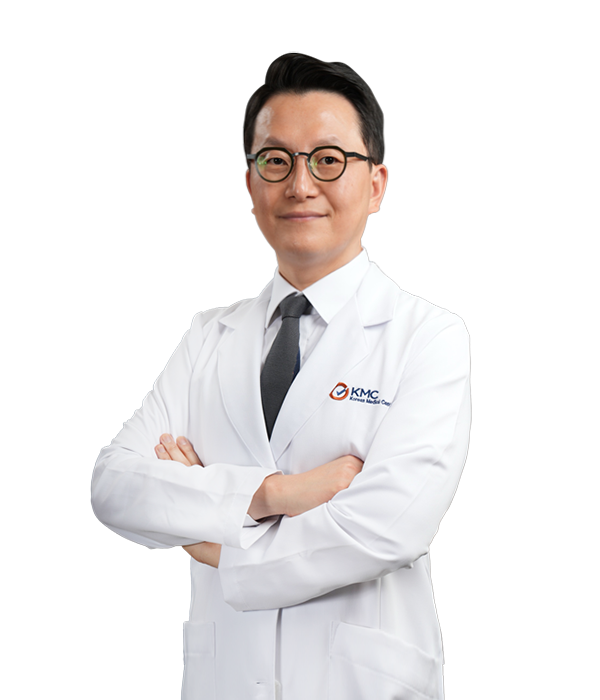Beauty and Wellness
Eye Surgery
-
 The delicate nature of the eye area requires meticulous and delicate care preserving the natural character and expression of the eyes while enhancing their natural character and expression.
The delicate nature of the eye area requires meticulous and delicate care preserving the natural character and expression of the eyes while enhancing their natural character and expression.
-
 Considering the interplay between skin, fat, and muscle, we focus on both the aesthetic and functional aspects of the eyes. As one of the most expressive features of the face, the eyes are often the first to show signs of aging, such as drooping lids, puffiness, or asymmetry. Eye surgery, also known as blepharoplasty, offers a solution to these concerns, rejuvenating the eye area to restore a youthful and refreshed appearance.
Considering the interplay between skin, fat, and muscle, we focus on both the aesthetic and functional aspects of the eyes. As one of the most expressive features of the face, the eyes are often the first to show signs of aging, such as drooping lids, puffiness, or asymmetry. Eye surgery, also known as blepharoplasty, offers a solution to these concerns, rejuvenating the eye area to restore a youthful and refreshed appearance.
-
 For those with more complex concerns, specialized techniques like epicanthoplasty and lateral canthoplasty can correct oblique or asymmetrical eyes, creating a more harmonious and balanced look.
For those with more complex concerns, specialized techniques like epicanthoplasty and lateral canthoplasty can correct oblique or asymmetrical eyes, creating a more harmonious and balanced look.
Treatments
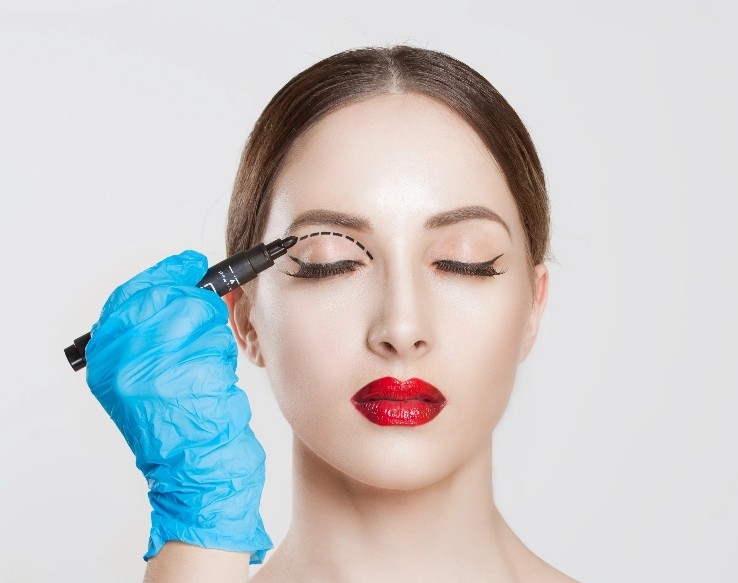
Double Eyelid Surgery
A cosmetic procedure that creates a defined double eyelid crease, often using non-incisional techniques to minimize scarring and swelling. This treatment enhances the appearance of the eyes, making them look larger and more expressive.
Non-incisional Eyelid Surgery

Step 1
Before Surgery
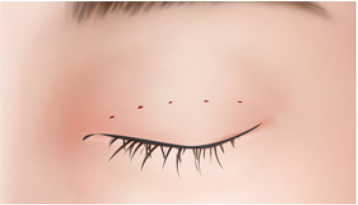
Step 2
Small Incision

Step 3
Single know continuous investing method
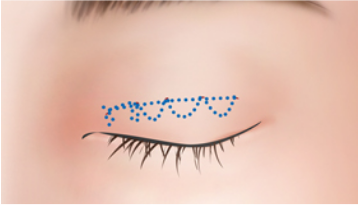
Step 4
An operation with only one thread
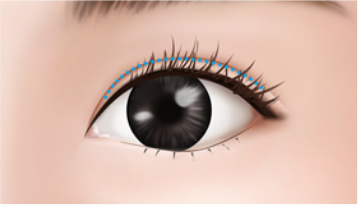
Step 5
Suture is not necessary
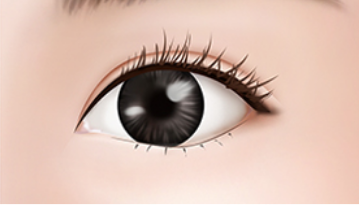
Step 6
After Surgery
Anesthetic Method
Local Anesthesia after Short-term Surface AnesthesiaStitch removal
Not necessaryOperation Time
30-40 minutesHospitalization
Not necessary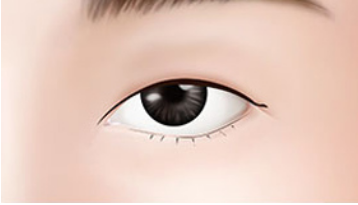
Step 1
Before surgery
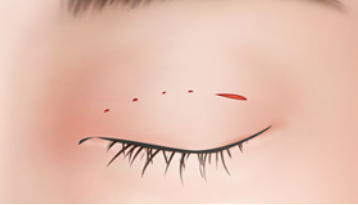
Step 2
Incision Line
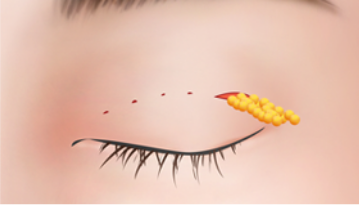
Step 3
Fat removal
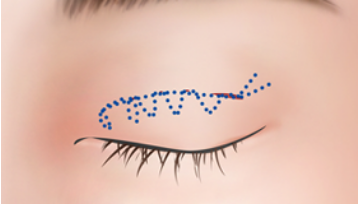
Step 4
Suture of the upper eyelid and the dermis
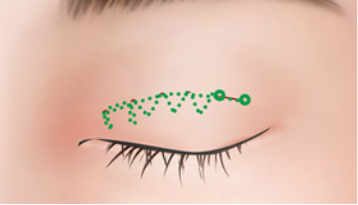
Step 5
Suture

Step 6
After Surgery
Anesthetic Method
Local Anesthesia after Short-term Surface AnesthesiaStitch removal
4days after the surgeryOperation Time
40 minutes ~ 1 hourHospitalization
Not necessary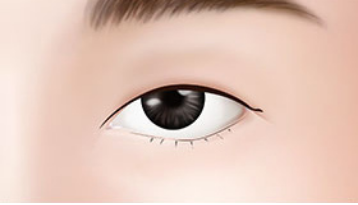
Step 1
Before Surgery
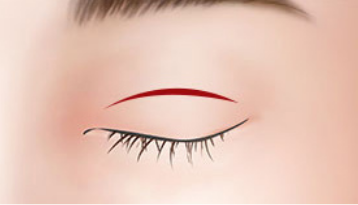
Step 2
Incision Line
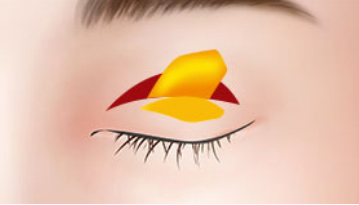
Step 3
Fat Removal
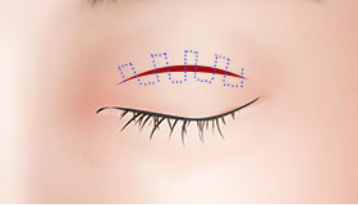
Step 4
Suturing muscle levator palpebrae superioris and dermis

Step 5
Suture
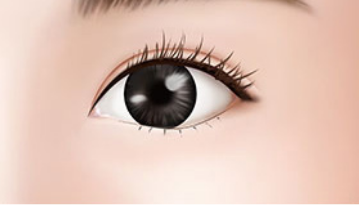
Step 6
After Surgery
Anesthetic Method
Local Anesthesia after Short-term Surface AnesthesiaStitch removal
4~5 days after the surgeryOperation Time
40 minutes ~ 1 hourHospitalization
Not necessary
Epicanthoplasty/Lateral Canthoplasty
Surgeries that modify the inner or outer corners of the eyes. Epicanthoplasty opens the inner corners for a wider eye appearance, while lateral canthoplasty extends the outer corners, creating a more almond-shaped eye.
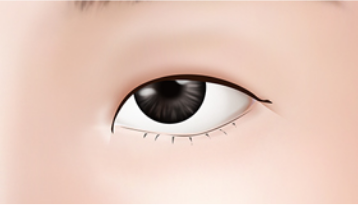
Step 1
Eye with epicanthus
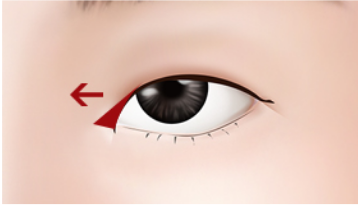
Step 2
Magic Epicanthoplasty
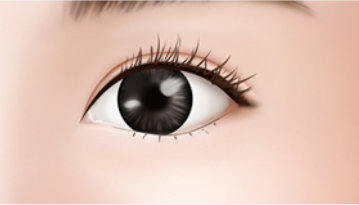
Step 3
No Scarring
Anesthetic Method
conscious sedation + local anesthesiaStitch removal
5days after the operationOperation Time
Approximately 30 minutesHospitalization
Not necessarySurgical Method
Epicanthoplasty and double eyelid surgery customized for individual
Step 1
A case of small horizontal length of eye

Step 2
Magic Lateral Canthoplasty (Stitch Removal)
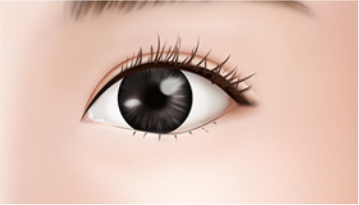
Step 3
4~5mm
Anesthetic Method
conscious sedation + local anesthesiaStitch removal
1 week after the operationOperation Time
Approximately 30 minutesHospitalization
Not necessarySurgical Method
Epicanthoplasty and double eyelid surgery customized for individualz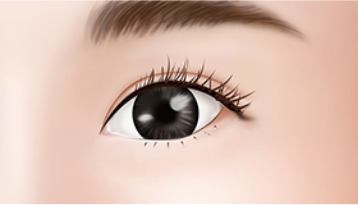
Step 1
Narrow and stuffy eyes
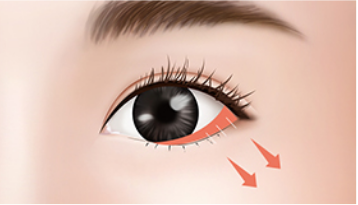
Step 2
Make a fine incision of the lower end of the eye corner and pull it down at a natural angle to secure it firmly
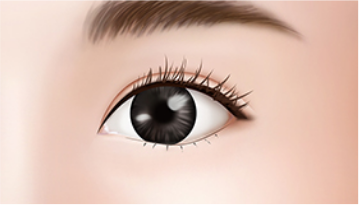
Step 3
Suturing the inner area of eye conjunctiva so that the scar cannot be seen
Anesthetic Method
conscious sedation + local anesthesiaStitch removal
Not necessaryOperation Time
30-40 minutesHospitalization
Not necessary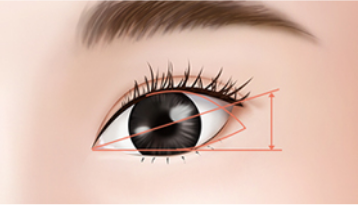
Step 1
Eyes with slanted tail
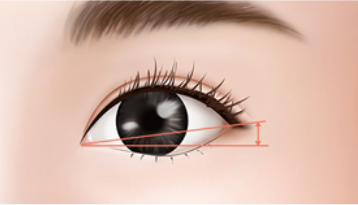
Step 2
Pull the muscles under the eyes with the lower eyelid inner conjunctiva and secure it firmly to the periosteum
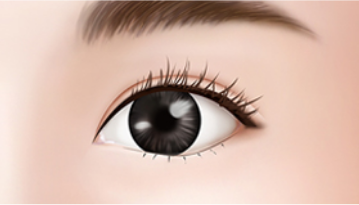
Step 3
Complete a natural and cool eye tail
Anesthetic Method
Surface AnesthesiaStitch removal
1 week after the operationOperation Time
40 minutesHospitalization
Not necessary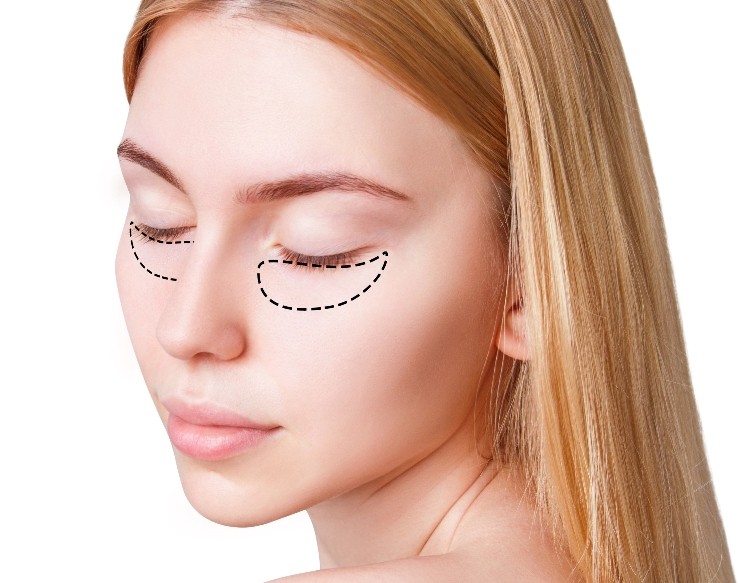
Under-Eye Surgery
Procedures designed to address under-eye concerns, such as bags, dark circles, or hollows. Treatments may include fat repositioning, skin tightening, or filler injections to rejuvenate the under-eye area.

Step 1
Accurately identify the current eye condition with the specialist
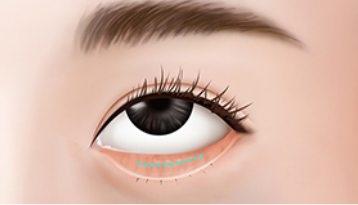
Step 2
Accurately locate the fat, micro incision of the inner eye conjunctiva

Step 3
Removing unnecessary fat (fat relocation when necessary)
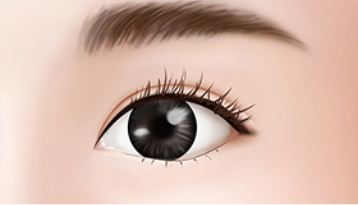
Step 4
Suture in the inner eye conjunctiva
Anesthetic Method
SedationTape Removal
3 days after the operationOperation Time
30 MinutesHospitalization
Not necessary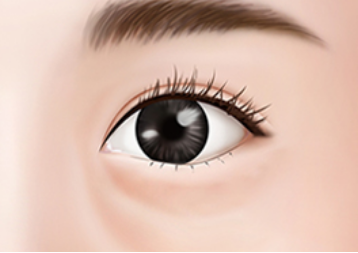
Step 1
Accurately identify the current eye condition with the specialist
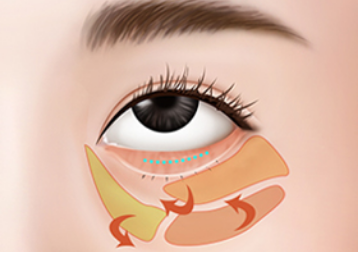
Step 2
Accurately locate the fat, micro incision of the inner eye conjunctiva
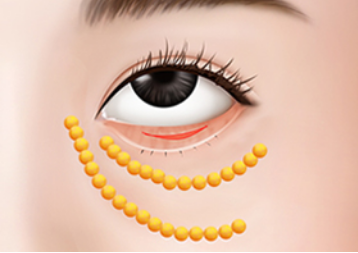
Step 3
Removing unnecessary fat (fat relocation when necessary)
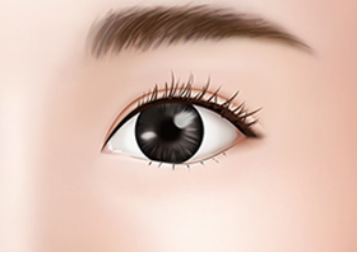
Step 4
Suture in the inner eye conjunctiva
Anesthetic Method
SedationTape Removal
3 days after the surgeryOperation Time
50 minutes ~ 1 hourHospitalization
Not necessary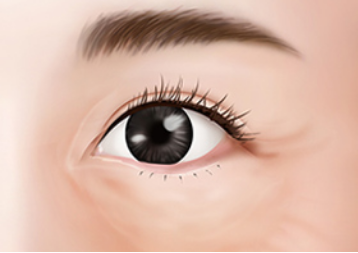
Step 1
Accurately identify the current eye condition with the specialist
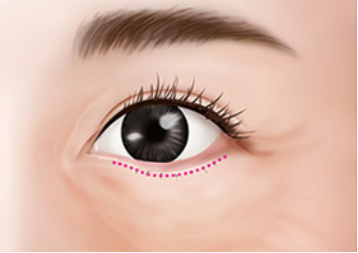
Step 2
Incision under eyelashes, removal and relocation of fat under eyes (laid skin resection if necessary), muscle reinforcement
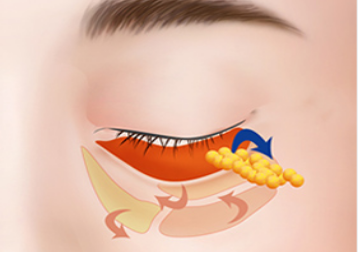
Step 3
Suture the fat tissue firmly.
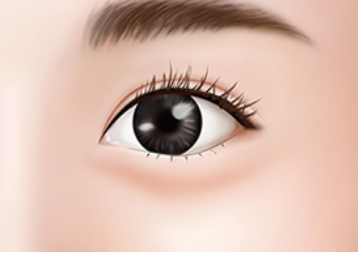
Step 4
Improving fat protrusion and sagging under-eye skin without apparent scar
Anesthetic Method
SedationStitch Removal
5 days after the operationOperation Time
1 ~ 1.5 hoursHospitalization
Discharged on the day of the operationMake-up and wearing lens
2 weeks after the operation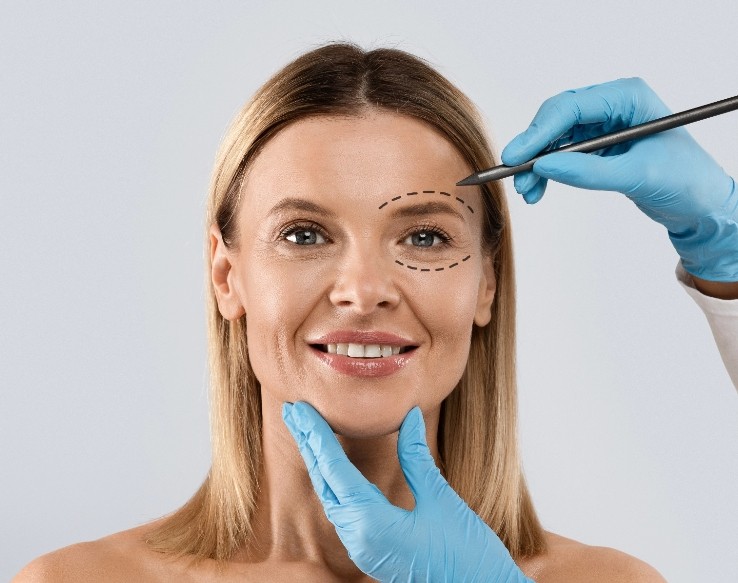
Revision Eye Surgery
Corrective surgeries aimed at refining or repairing the results of previous eye surgeries, ensuring a more satisfactory outcome. This treatment is tailored to individual needs, addressing issues like asymmetry, scarring, or dissatisfaction with initial results.
This is the case when the design was set too low during the previous surgery, or when the skin drooped over time and eyelids were loosened. In this case, double eyelids are created upwards than the existing line, sagging skin above the line, or abrasion with existing lines is used. The former method has the disadvantage of scars being seen as another line in the eyelids when eyes are closed. In the latter case, there is a risk that the eye may not be fully closed because there is not much leftover skin in the eyelid. Therefore, sufficient consultation and decision should be made after considering the accurate cause of the problem.
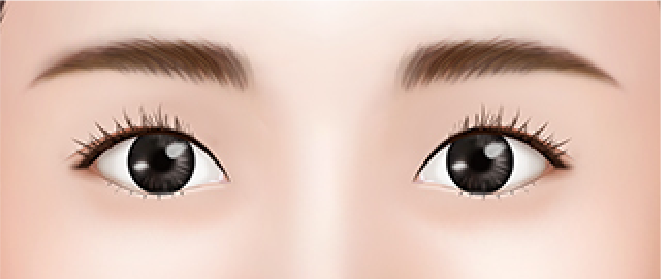
It is so called the ‘sausage’ and it is a big part of the reason for the revisional surgery. Excessive double eyelid line design or excessive scar tissue formation due to the previous surgery are the main causes. It is necessary to make a natural line by removing the scar tissue and adhesion while lowering the height of the double eyelid.

The most common reason is that the height of both eyelid lines is measured differently, or that they are fixed at different locations, and they may feel different depending on the depth of the fixation. You may re-calibrate the other side to suit your preference, and in some cases, you may re-check both sides and adjust the symmetry.
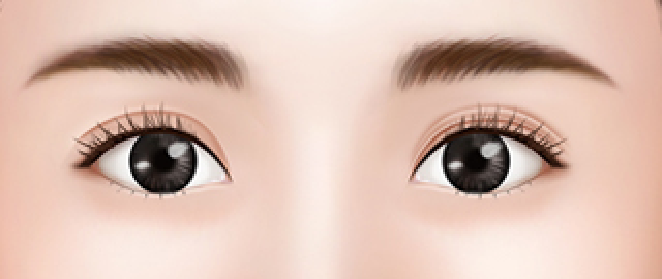
Over time, there are cases where double eyelids are not feeling natural and look awkward. There may be feelings of pulling eyes, and you may find surgical scars are invested when you close your eyes. Your eyelashes are sometimes turned upside down. In this case, we should make an incision into the area where the surgery was performed, release the adjoining tissue, locate the proper location, and recalibrate the affected area.
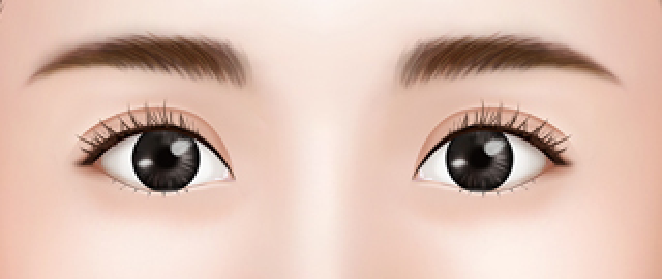
If you have blepharoptosis and get double eyelid surgery without correcting the muscle, you will feel your double eyelid line too high or your eye can look sleepy. When performing the revisional surgery, muscles first need to be strengthened through incision or non-incisional ptosis correction depending on the degree of blepharoptosis, in order to make clear and vivid double eyelids.

After surgery, another fold is formed over the crease on double eyelid. Adhesion occurs around the fixed area, causing excess folds. If it is not so severe, it can be corrected through micro fat grafting, but it is difficult to deal with the folds created after several operations. The surgery either removes the adhesion completely or covers the fat pockets present on the eyelid, or it collects and transplants autologous fat.
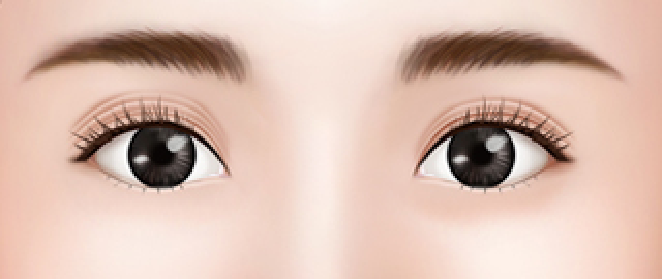
The natural and beautiful double eyelid extends 4~6 millimeters from the outer corner of the eyes. When the double eyelid is gone, the eyelid feels like they are falling apart. It will make awkward or strong impression because eyelid line goes slightly up.
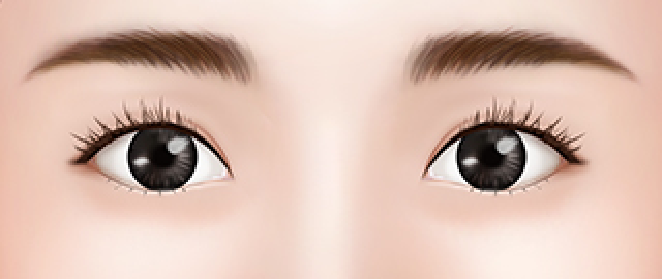
The types of double eyelid scarring can be divided into hyperplasia and retraction. For hyperplasia scar, an inaccurate interstitial suture or inflammation during wound healing may be the cause. Conversely, scar retraction is due to the excessive removal of tissue in order to strengthen the adhesion of the double eyelids during the surgery.
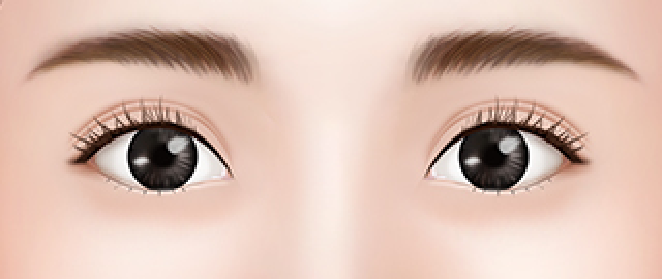

Cat-Eye Surgery
Cat-Eye Surgery, or Canthoplasty, enhances the natural shape of the eyes by lifting the outer corners for a more defined, almond-like appearance. This minimally invasive procedure offers a rejuvenated, youthful look with swift recovery and long-lasting results.







